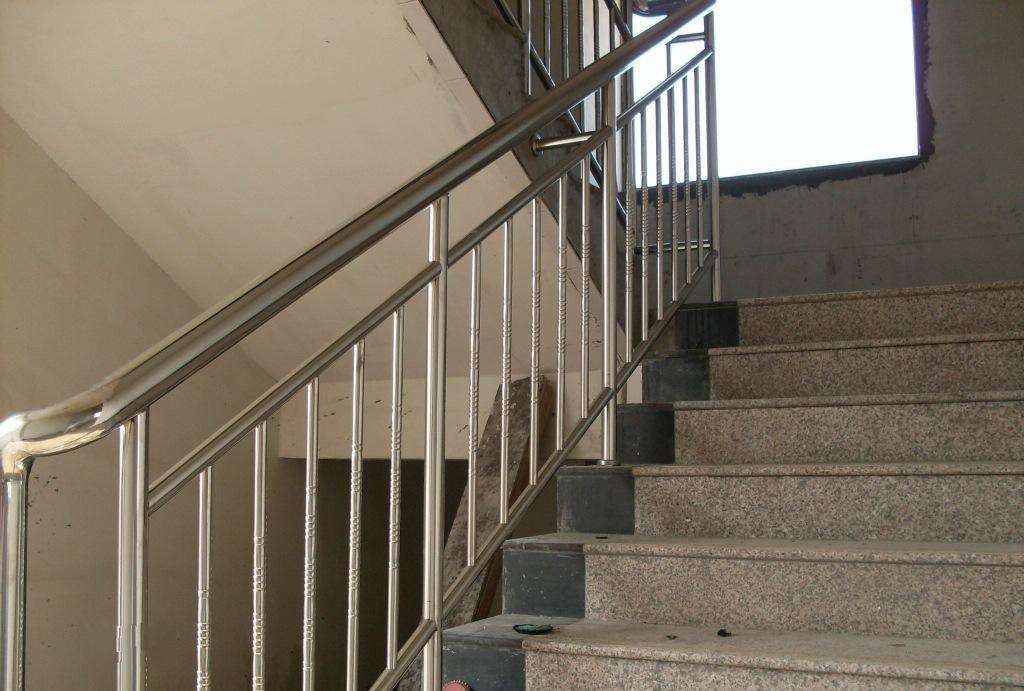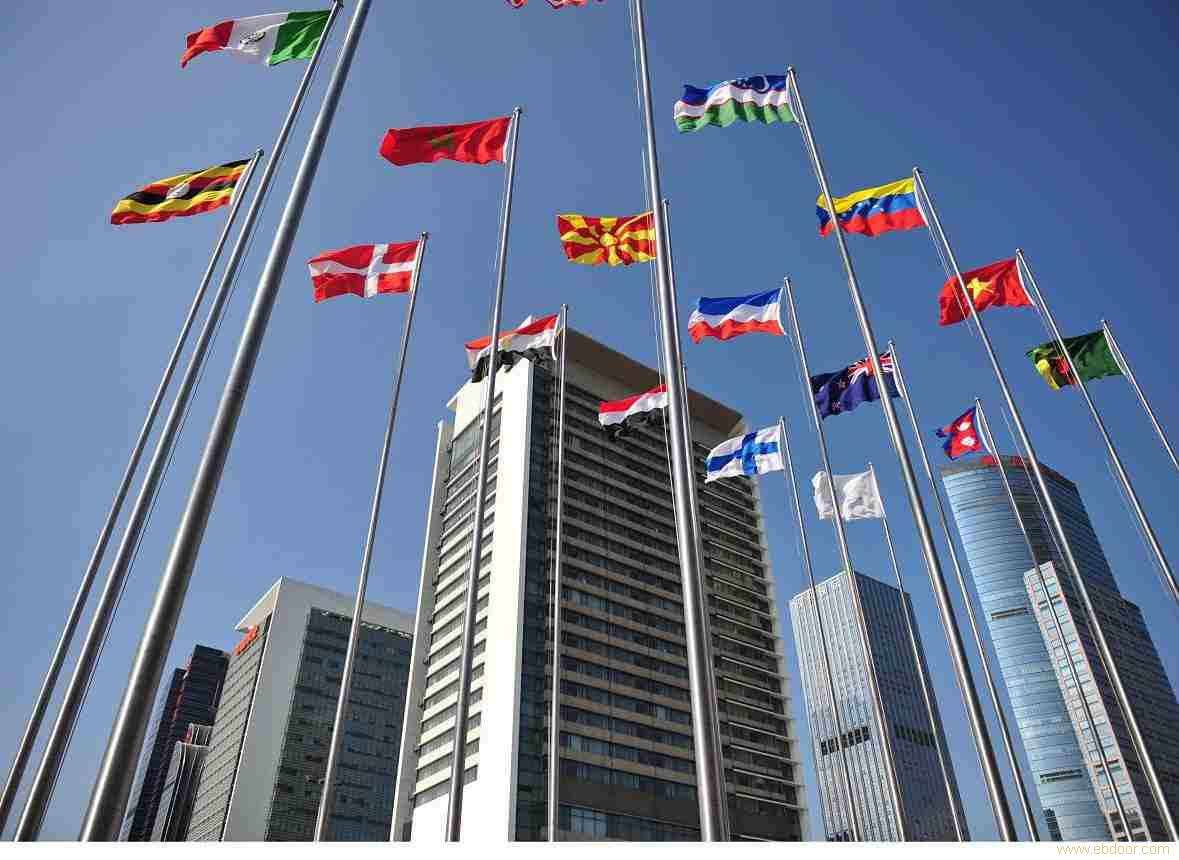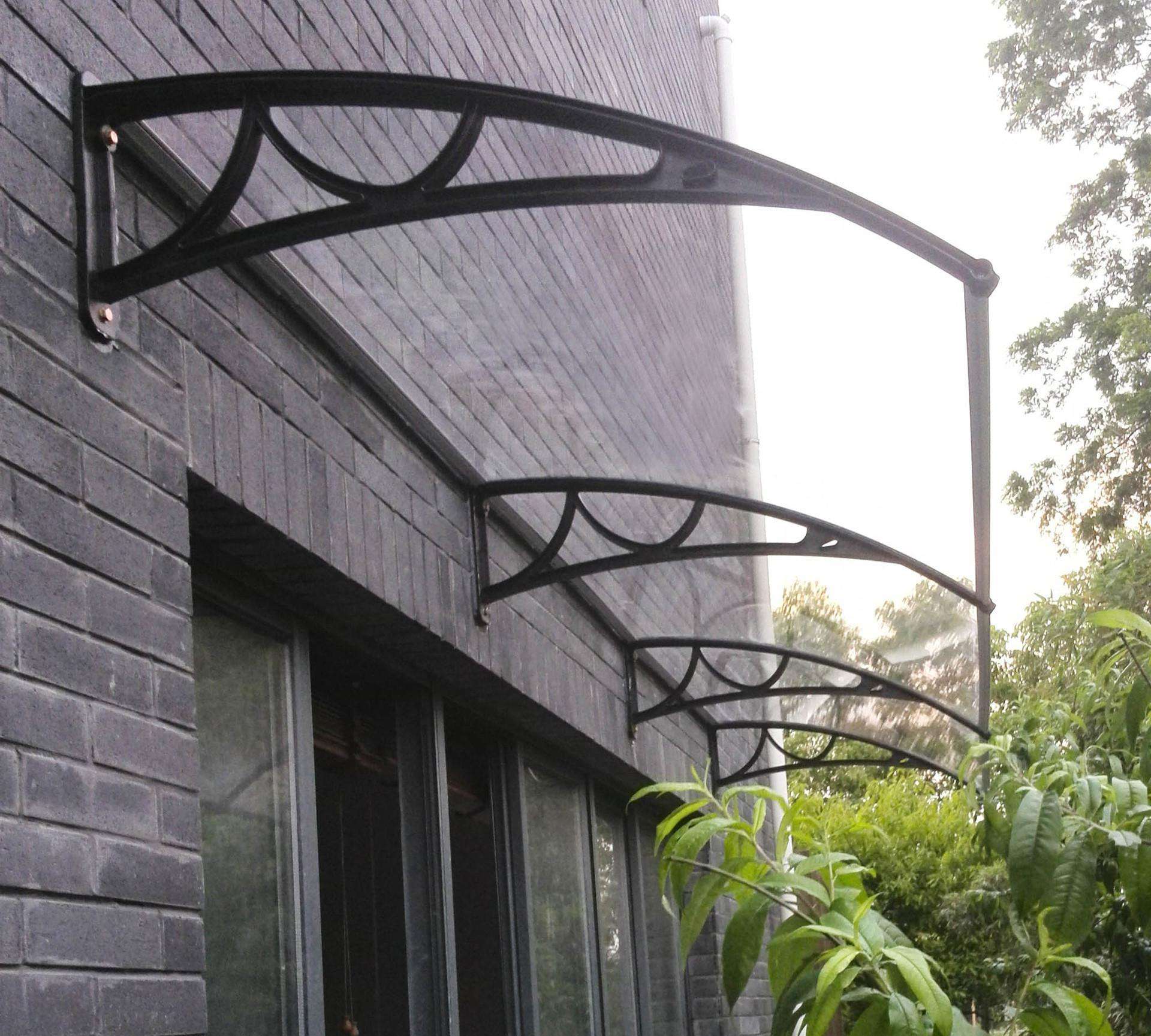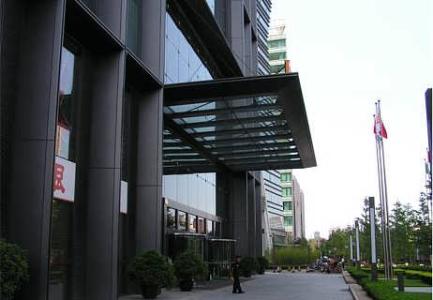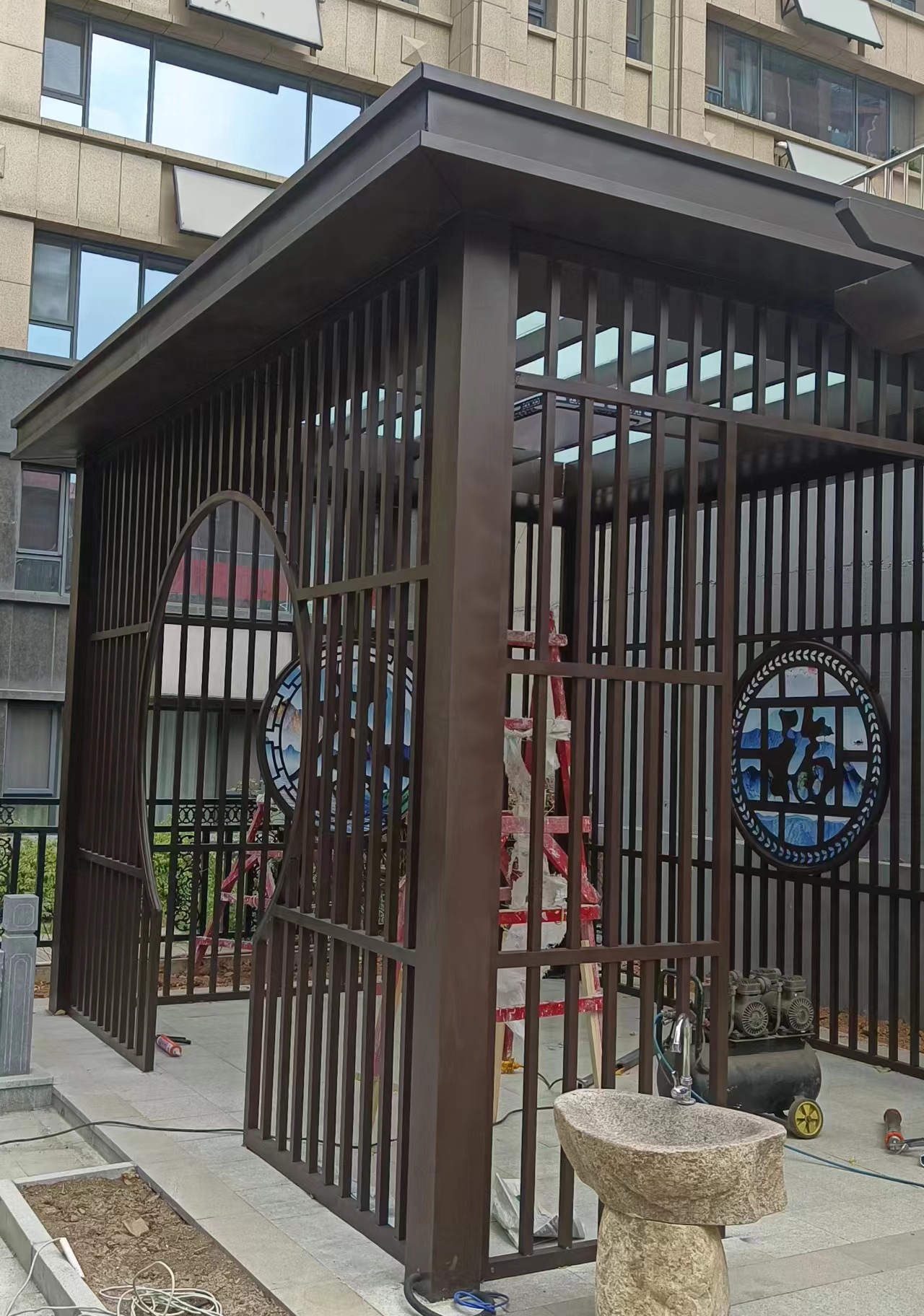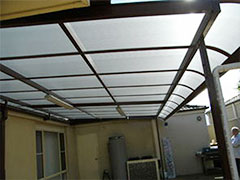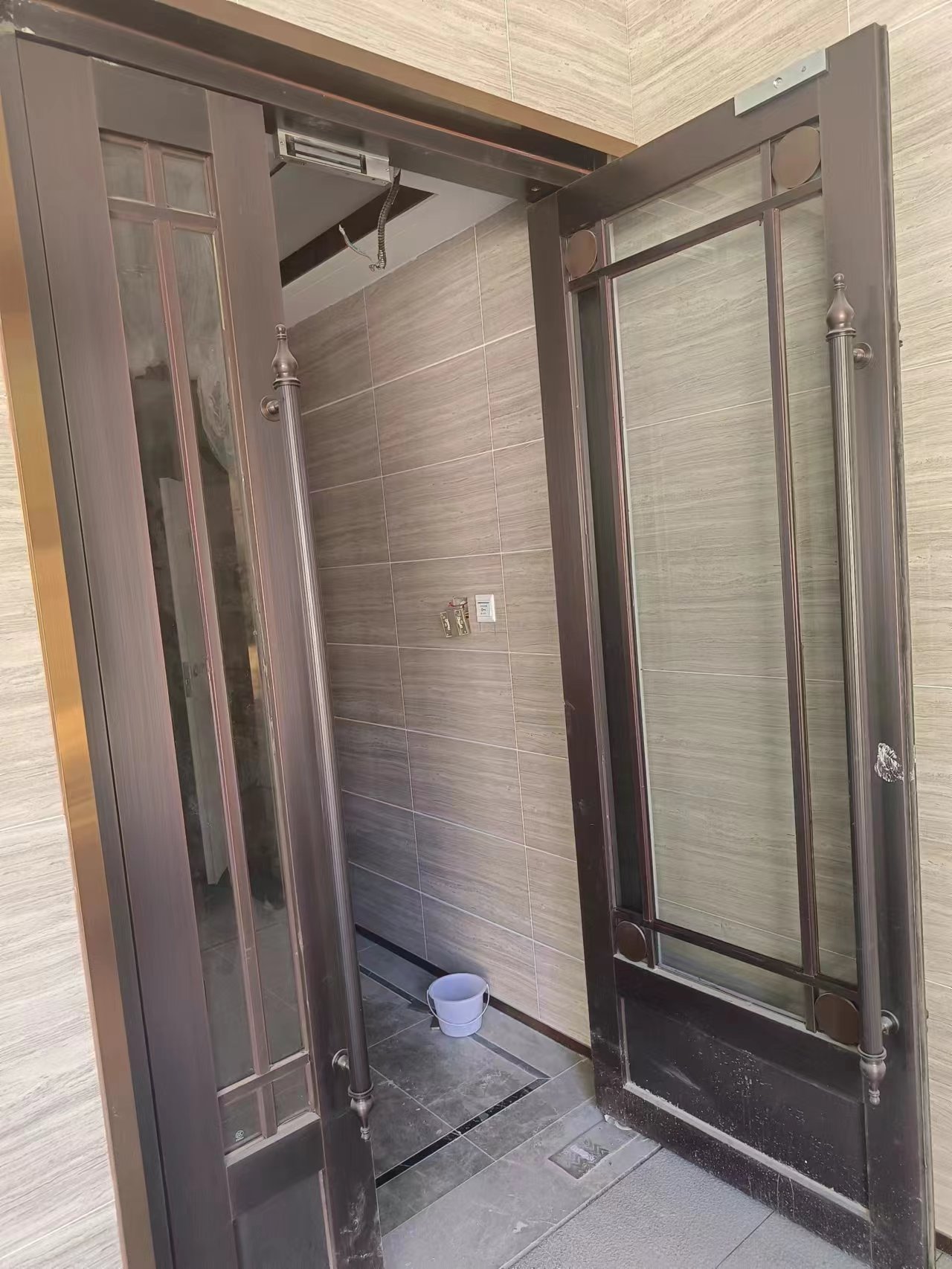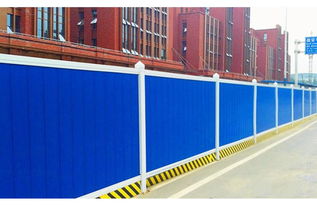聯系我們
- 聯系人:濟南燕翔鐵藝制品有限公司
- 手機:15953126901
- 電話:15153196527
- 郵箱:785385551@qq.com
- 地址:濟南市天橋區歷山北路黃臺不銹鋼市場3區317

濟南鐵藝護欄:城市公路設置分隔護欄的條件
城市道路分隔欄桿是用于分隔車道、規范交通秩序的關鍵交通基礎設施。作為交通“守護線”,其在分隔交通流、阻攔不良交通行為、提升道路美觀度等方面發揮著不可替代的作用。護欄設置不是隨意的,需要綜合考慮道路類型、交通流量、安全需求等多重因素,現依據國家規范、行業標準,簡要介紹中央護欄、機非護欄、人非護欄的三類典型分隔欄桿的設置條件。
Urban road dividers are key transportation infrastructure used to separate lanes and regulate traffic order. As the "guardian line" of transportation, it plays an irreplaceable role in separating traffic flow, blocking bad traffic behavior, and improving road aesthetics. The setting of guardrails is not arbitrary, and multiple factors such as road type, traffic flow, and safety requirements need to be comprehensively considered. Based on national regulations and industry standards, this article briefly introduces the setting conditions of three typical types of partition guardrails: central guardrails, non motorized guardrails, and non motorized guardrails.
一、中央護欄設置目的:防止車輛闖入對向車道以及行人橫跨道路,減少惡性碰撞事故。規范依據:1、《城市道路交通設施設計規范》(GB 50688-2011)第7.6.1條規定,雙向六車道及以上的道路,當無中央分隔帶且不設防撞護欄時,應在中間帶設分隔欄桿;2、《城市道路交通隔離欄設置指南》(GA/T 1567-2019)第4.2.2條規定,城市雙向四車道及以上次干路無中央隔離帶時,或者道路中設有高架道路、大型橋梁墩柱又無其他隔離措施的路段,宜設置中央隔離欄;第4.2.3條規定,橋梁、高架路、立交、隧道雙向通行的出入口與地面道路銜接段,宜設置中央隔離欄;第4.2.4條規定,在已設有道路中間綠化隔離帶或水泥隔離墩等中央隔離帶的道路,當行人、非機動車橫穿機動車道現象嚴重時,應在中央分隔帶上設置中央隔離欄。第4.2.9條規定,雙向兩車道的城市道路不宜設置中央隔離欄。常見形式:金屬梁柱式護欄、混凝土護欄、綠化帶+低矮護欄組合等。
1、 The purpose of setting up a central guardrail is to prevent vehicles from entering the opposite lane and pedestrians from crossing the road, reducing the risk of serious collision accidents. According to Article 7.6.1 of the "Code for Design of Urban Road Traffic Facilities" (GB 50688-2011), for roads with six or more lanes in both directions, if there is no central median and no collision barrier is installed, a median barrier should be installed in the middle; 2. According to Article 4.2.2 of the "Guidelines for the Setting of Urban Road Traffic Barriers" (GA/T 1567-2019), when there is no central barrier on urban two-way four lane and above secondary roads, or on road sections with elevated roads, large bridge piers, and no other isolation measures, a central barrier should be set up; According to Article 4.2.3, central barriers should be installed at the entrances and exits of bridges, elevated roads, overpasses, and tunnels that allow two-way traffic to connect with ground roads; Article 4.2.4 stipulates that on roads that already have central median strips such as green median strips or cement barriers, when pedestrians or non motorized vehicles cross the motor vehicle lane seriously, a central barrier should be installed on the central median strip. Article 4.2.9 stipulates that central barriers should not be installed on urban roads with two lanes in both directions. Common forms: metal beam column guardrail, concrete guardrail, combination of green belt and low guardrail, etc.
二、機非護欄設置目的:物理隔離機動車與非機動車流,防止相互侵占車道,保障各行其道。規范依據:1、《城市道路交通設施設計規范》(GB 50688-2011)第7.6.1條規定,以下情況應設置機動車與非機動車分隔欄桿:(1)雙向四車道及以上的道路,機動車道和非機動車道為一幅路設計,應在機動車道和非機動車道之間設置分隔欄桿;(2)非機動車流量達到飽和或機動車有隨意在路邊停車現象時,機動車道和非機動車道為一幅路斷面,宜在機動車道和非機動車道之間設置分隔欄桿;(3)機動車道和非機動車道為共板斷面,路口功能區范圍宜設非機動車和機動車分隔欄桿;在路口設置時,應避免設置分隔欄桿后妨礙轉彎和掉頭車輛的行駛。2、《城市道路工程設計規范》(CJJ37-2012)第9.3.1條規定,當次干路設計速度大于或等于40km/h時,機動車宜與非機動車道設置機非護欄。3、《城市道路交通隔離欄設置指南》(GA/T 1567-2019)第4.3.1條規定,機動車道和非機動車道為共板斷面,且非機動車車道寬度大于或等于1.5m以上的路段,當非機動車流量較大時,宜設置機非隔離欄;第4.3.2條規定,機動車道和非機動車道為共板斷面,機動車單行道中對向通行的非機動車道宜設置機非隔離欄;第4.3.3條規定,機動車道和非機動車道為共板斷面,平面交叉口范圍內宜設置機非隔離欄;第4.3.4條規定,在重點保障非機動車通行的路段,宜設置機非隔離欄。常見形式:矮型金屬護欄(柵欄式、管式)、混凝土護欄等。
2、 The purpose of setting up non motorized vehicle guardrails is to physically isolate the flow of motor vehicles and non motorized vehicles, prevent mutual encroachment on the lane, and ensure that each lane follows its own path. According to Article 7.6.1 of the "Code for Design of Urban Road Traffic Facilities" (GB 50688-2011), motor vehicle and non motor vehicle separation barriers should be installed in the following situations: (1) For roads with four or more lanes in both directions, motor vehicle lanes and non motor vehicle lanes should be designed as one road, and separation barriers should be installed between the motor vehicle lanes and non motor vehicle lanes; (2) When the flow of non motorized vehicles reaches saturation or there is a phenomenon of motor vehicles parking on the roadside at will, the motor vehicle lane and the non motorized vehicle lane form a road section, and it is advisable to set up a divider between the motor vehicle lane and the non motorized vehicle lane; (3) The motor vehicle lane and the non motor vehicle lane share a common section, and it is advisable to install a barrier separating non motor vehicles and motor vehicles within the functional area of the intersection; When setting up barriers at intersections, it is necessary to avoid obstructing the movement of turning and turning vehicles. 2. According to Article 9.3.1 of the "Code for Design of Urban Road Engineering" (CJJ37-2012), when the design speed of the secondary road is greater than or equal to 40km/h, motor vehicles should be equipped with non motor vehicle guardrails along the non motor vehicle lane. 3. According to Article 4.3.1 of the "Guidelines for the Setting of Urban Road Traffic Barriers" (GA/T 1567-2019), motor vehicle lanes and non motor vehicle lanes have a common section, and the width of the non motor vehicle lane is greater than or equal to 1.5 meters. When the flow of non motor vehicles is large, it is advisable to set up non motor vehicle barriers; Article 4.3.2 stipulates that motor vehicle lanes and non motor vehicle lanes share a common cross-section, and non motor vehicle lanes passing in the opposite direction of motor vehicle single lanes should be equipped with machine non separation barriers; Article 4.3.3 stipulates that motor vehicle lanes and non motor vehicle lanes share a common cross-section, and it is advisable to install non motorized vehicle barriers within the scope of level intersections; According to Article 4.3.4, it is advisable to set up non motorized vehicle isolation barriers on key road sections that ensure the passage of non motorized vehicles. Common forms: Short metal guardrails (fence type, pipe type), concrete guardrails, etc.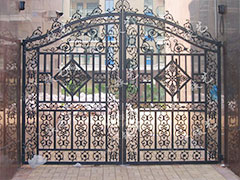
三、人非護欄設置目的:隔離非機動車道與人行道,防止非機動車駛入人行道威脅行人安全,同時引導行人走人行道。規范依據:1、《城市道路交通設施設計規范》(GB 50688-2011)第7.6.1條規定,以下情況應設置人行道與非機動車道分隔欄桿。(1)非機動車道和人行道為共板斷面,宜在非機動車道和人行道之間設置分隔欄桿;(2)非機動車道高于邊側地面有跌落危險時,應在非機動車道邊緣設置分隔欄桿。2、《城市道路交通隔離欄設置指南》(GA/T 1567-2019)第4.4.1條規定,車站、碼頭、商業中心和大型公共場所出入口,人行天橋、地鐵口等人流匯聚區的車行道邊,應沿路設置行人隔離欄。常見形式:低矮金屬護欄(管式、網格狀)等。
3、 The purpose of setting up pedestrian guardrails is to separate non motorized vehicle lanes from sidewalks, prevent non motorized vehicles from entering sidewalks and threatening pedestrian safety, while guiding pedestrians to walk on sidewalks. According to Article 7.6.1 of the "Code for Design of Urban Road Traffic Facilities" (GB 50688-2011), pedestrian and non motorized vehicle lane separation barriers should be installed in the following situations. (1) The non motorized vehicle lane and pedestrian walkway share a common section, and it is advisable to install a separating railing between them; (2) When there is a risk of falling on the non motorized vehicle lane above the side ground, a partition railing should be installed at the edge of the non motorized vehicle lane. 2. According to Article 4.4.1 of the "Guidelines for the Setting of Urban Road Traffic Barriers" (GA/T 1567-2019), pedestrian barriers should be installed along the entrances and exits of stations, docks, commercial centers, large public places, pedestrian overpasses, subway entrances, and other areas with high pedestrian flow. Common forms: low metal guardrails (tubular, grid shaped), etc.
結語護欄的科學合理設計和規范管理,是城市交通治理走向精細化的重要一步,可以有效提升城市交通的安全性和效率,同時有助于美化城市環境。未來,分隔欄桿的設置標準將持續迭代完善。在規范執行層面,這些標準出現沖突時,應遵循“上位優先、時效優先”原則,即優先遵循最新發布的國標規范。同時,地方性規范標準也可以結合當地交通特征,進行細化補充,形成“國家標準打底、地方特色補充”規范實施體系。
The scientific and rational design and standardized management of guardrails is an important step towards the refinement of urban traffic governance, which can effectively improve the safety and efficiency of urban traffic, while also helping to beautify the urban environment. In the future, the standards for setting up partition railings will continue to iterate and improve. At the level of normative implementation, when there is a conflict between these standards, the principle of "superior priority, timeliness priority" should be followed, that is, the latest published national standard specifications should be followed first. At the same time, local regulatory standards can also be refined and supplemented based on local traffic characteristics, forming a regulatory implementation system of "national standards as a foundation and local characteristics as supplements".
本文由 濟南鐵藝護欄 友情奉獻.更多有關的知識請點擊 http://www.hszfirst.com/ 真誠的態度.為您提供為全面的服務.更多有關的知識我們將會陸續向大家奉獻.敬請期待.
This article is a friendly contribution from Jinan Iron Art Guardrail For more related knowledge, please click http://www.hszfirst.com/ Sincere attitude To provide you with comprehensive services We will gradually contribute more relevant knowledge to everyone Coming soon.

